Namesake
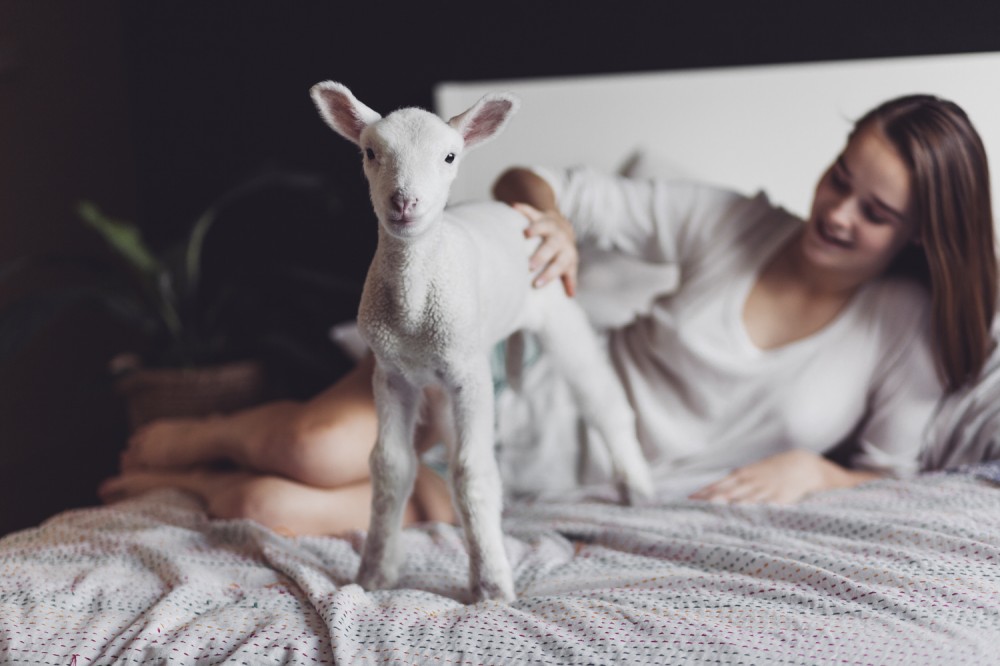
You may have noticed Willow is a sheep.
Willow Creative Co is (shockingly) not run by Willow herself, but a human she loves.
Willow is a very kind, loving (and cheeky, entitled, ridiculous, cute) sheep and so Willow Creative Co hopes to be kind and loving always too – that’s explained a little more here.
Anyway. This is the story of how Willow the sheep met Emma the human.
Willow was almost one of the ten to fifteen million baby lambs that die every year in Australia, within forty eight hours of their birth.
These dead newborns, if laid down head to tail, would cover more than the breadth of Australia. All these babies die either from starvation, neglect or exposure.
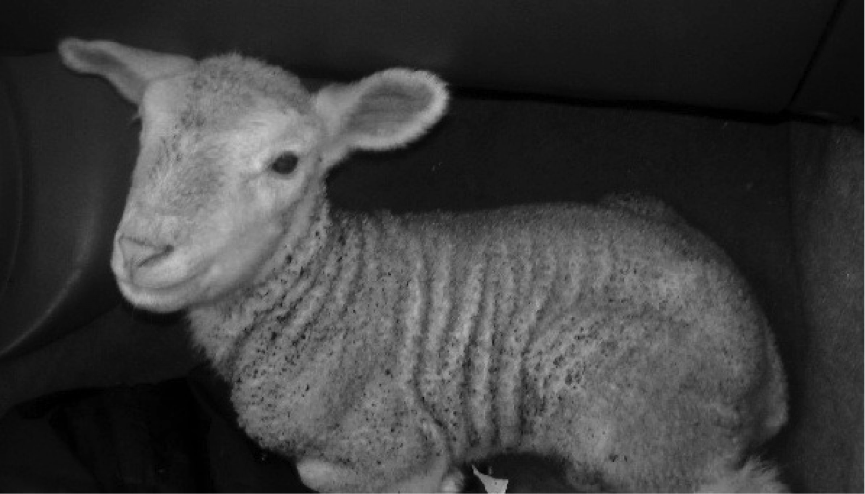
But why?
Farmers impregnate (sometimes through artificial insemination) sheep so that lambs are born in the winter months. This is so that their babies can be weaned by spring, when the land is most fertile, and there is a lot of food to eat, so that these young sheep can be fattened up most efficiently. This way, feed does not need to be supplemented, which comes as an additional cost.
This choice, made for financial gain rather than lamb wellbeing, means tiny lambs are born into the harsh conditions of winter. 10 to 15 million lambs die in the first 48 hours of their life in Australian winter lambing season.
In most cases, sheep and their babies are not provided sufficient shelter from the wind, rain and frost, or protection from predators, resulting in massive mortality during the harsh winter months. For farmers, the millions of deaths are an acceptable consequence of reduced feed costs and heavier spring lambs.
Due to years of selective breeding of certain sheep and breeds with specific strong genes, farmed sheep regularly have twins and triplets.
These multiple births regularly involve birthing complications. Mother ewes can exhaust themselves birthing multiple lambs and become ‘downed’, and can even prolapse and die, leaving orphaned lambs.
Multiple births leads to babies being born weaker, smaller, and therefore with a lower chance of survival. This is especially the case with triplets, who are being seen more often by rescuers. More lambs are also rejected by their mothers, as they choose the strongest baby in hopes one may live – an already tough challenge for mothers birthing in winter. Mother ewes are often exhausted and in poor condition themselves, sometimes needing to prioritise keeping themselves alive. These factors all lead to a high number of deaths.
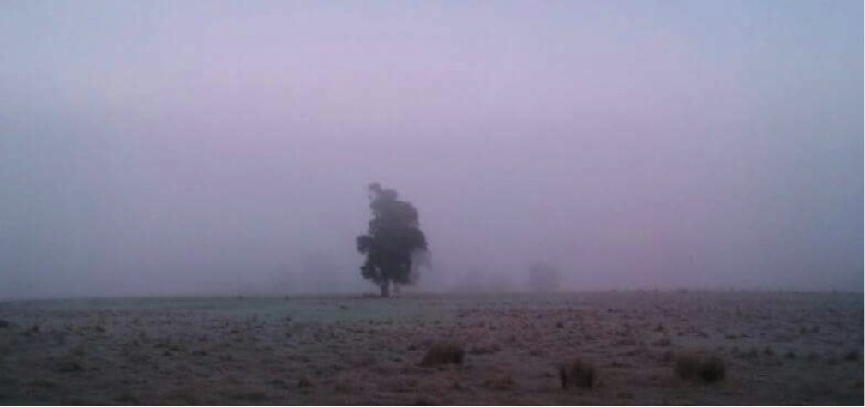
So, back to Willow specifically. Some really excellent people from Animal Liberation Victoria found Willow in a field. All alone. Shivering. Crying for her Mama. A vet found that she was then three days old. The rescuers who found her walked in all directions for a long time, trying to find the herd she belonged to. They found no adult sheep (but other dead babies).
The only reasons for Willow to be all alone, that experienced rescuers could think of, were that the flock she belonged to were sent to slaughter, or that they had been moved to other pastures far away, and she was small, left behind, unnoticed. Being three days old when she was found, Willow would have been lucky enough to have drunk her mother’s colostrum before being separated from her.
Willow then came to live with Emma. She slept in her bed with her while she was still very little. She was kept safe, well fed, warm, happy. She was given cuddles, love and affection.
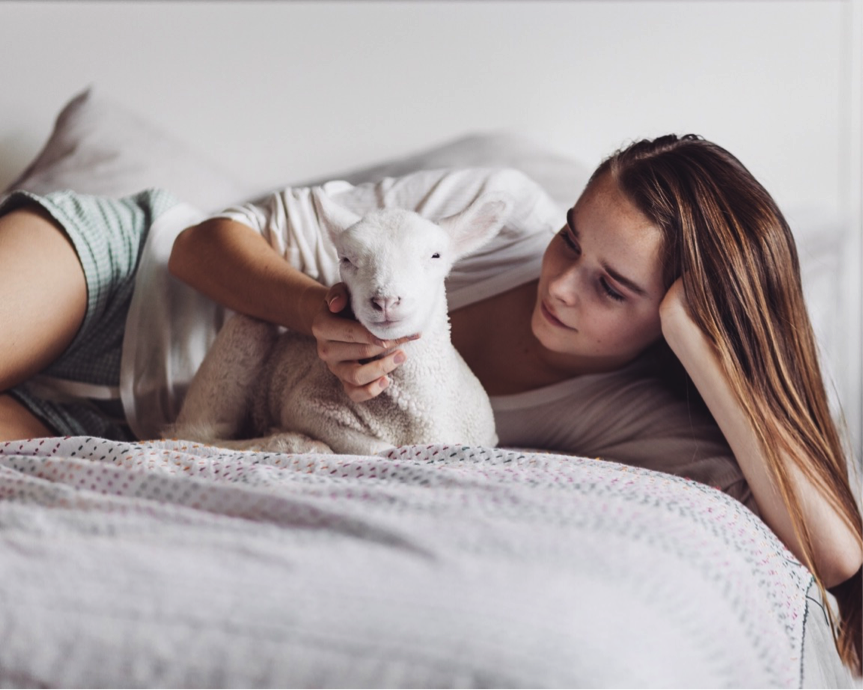
When she was about a month old, Emma began fostering another little, young lamb, Claude. It’s best to foster lambies together so they bond to each other, and it’s easier for them to part with their fosterer, and they don’t feel alone, when they move to their forever home.
It was also incredibly special for Emma to watch Claude and Willow bond, grow a friendship, cuddle up together, make mischief together.
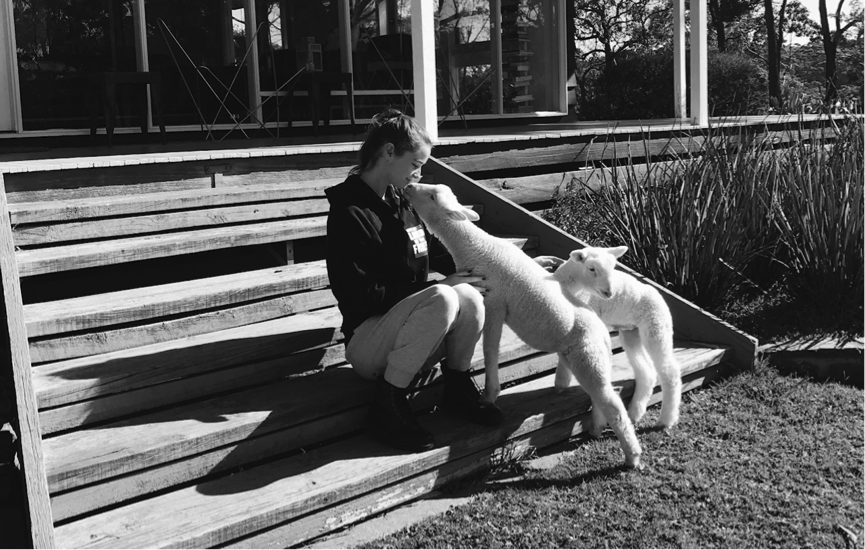
Willow and Claude now live at Liberation Sanctuary with a whole flock of other rescued sheep. They are all lucky enough to never know what their fate could have been.
These were her three potential pathways:
Willow may have been bred for her flesh. When she was six to eight months old, she would have been slaughtered.
Willow may have been bred for her wool. This is often done violently. Regardless of how it is done, when she was five to six years old, and her wool became of a lesser quality (just as human hair becomes thinner, more brittle, and falls out as we age), she would have been slaughtered – no longer seen as financially viable.
Regardless of which gruesome end was intended for Willow, she has also been saved from tail docking (which is not done at the sanctuary, where to prevent fly strike, sheep are instead simply closely watched, looked after, and shorn carefully around their bottom). If Willow had been born a boy (like little Claude), she likely will have (legally) been castrated without any pain relief.
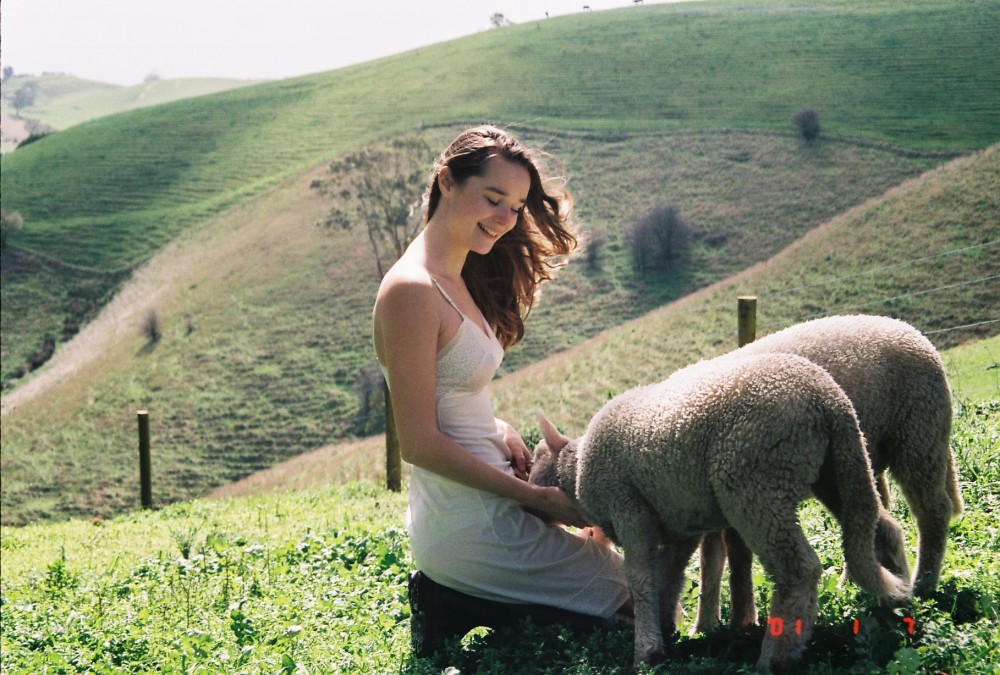
Willow and Claude are the lucky ones. They get simply, to live. To feel joy. They are not seen as a piece of meat, as a material, as a piece of stock to be used, to profit from - that just happens to be alive too.
Willow and Claude gets to live out her natural life span, up to around twelve years old. That is heart-singing level happy-making.
If you’d like to donate to Animal Liberation to support more rescues, or to support the sanctuary where many of these rescues live (some live in other sanctuaries and private land), please click here.
Willow would also really like if you wanted to learn more about sheep and wool farming, here.
